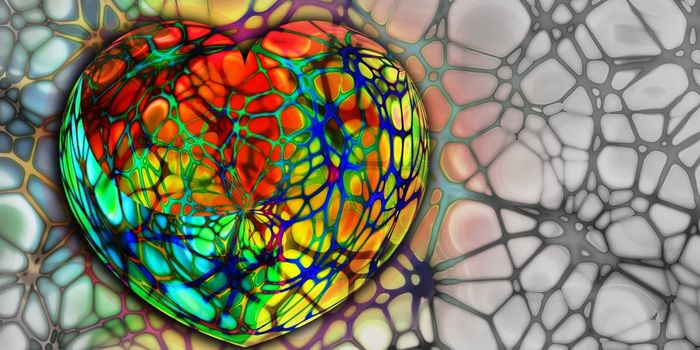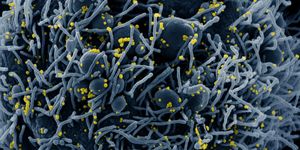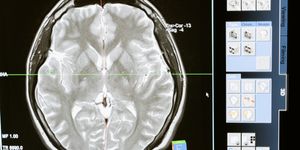A Rare Divergence in the Genetic Code is Discovered
While testing a new way to sequence genes, researchers stumbled upon a very rare divergence in the genetic code, which translates genetic sequences into proteins. The discovery was made in an organism called Oligohymenophorea sp. PL0344, which is a type of protist. In the genetic code, a codon or group of three bases is translated into one amino acid. There is redundancy in the genetic code, and most amino acids can be encoded by several codons. There are also special codons that signal the start and end of genes. But in this protist, two of the three stop codons are interpreted in a way that is unlike what has been found in any other organism. The findings have been reported in PLoS Genetics.
Protists are a very diverse group of organisms. The one in this study is a ciliate that was collected in a sample taken from a freshwater pond at Oxford University Parks. Protists include many single-celled organisms like diatoms or algae, but there are bigger, multicellular protists too, such as slime molds and kelp. Protists are basically a catchall for any eukaryote (bacteria and archaea are prokaryotes) that can't be classified as an animal plant, or fungi.
The ciliate Oligohymenophorea sp. PL0344 can be found in most aquatic environments, and they carry many genetic changes. Ciliates are already known to use two stop codons in different ways. The stop codons are thought to be more or less universal, and are encoded by TAA, TAG, and TGA. But there have been very unusual instances in which organisms use TAA and TAG to encode for an amino acid.
The evolution of TAA and TAG was thought to be linked, particularly because in the few organisms that use these codons to encode for an amino acid, they both behave in the same way. "When they aren't stop codons, they each specify the same amino acid," explained Dr. Jamie McGowan, a postdoctoral scientist at the Earlham Institute.
The researchers began this work by devising a method to sequence very tiny amounts of DNA, like what might be collected from an individual cell.
But they discovered that in Oligohymenophorea sp. PL0344, there is only one stop codon: TGA. There were also more TGA codons than would normally be expected in this genome, so it suggests that TGA is indeed doing the work of all three stop codons in this organism. In this ciliate, the TAA codon encodes for lysine, while TAG is translated to glutamic acid.
"This is extremely unusual. We're not aware of any other case where these stop codons are linked to two different amino acids. It breaks some of the rules we thought we knew about gene translation; these two codons were thought to be coupled," noted McGowan. "Scientists attempt to engineer new genetic codes, but they are also out there in nature. There are fascinating things we can find, if we look for them. Or, in this case, when we are not looking for them."
Sources: Earlham Institute, PLoS Genetics









